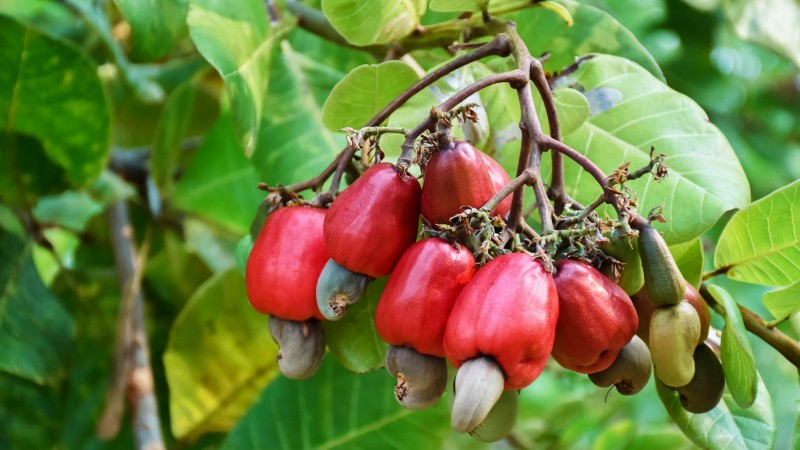Cashews: Côte d'Ivoire breaks records again
June 28, 2023 at 3:00 PM ,
Der AUDITOR

Significant increase in production
Last year, Côte d'Ivoire, the world's leading producer of cashew nuts, already managed to break the 1 million mt mark - for this year's production, the estimate has even been revised upwards. The Ivory Coast Cotton and Cashew Council announced that the West African country is now expected to produce around 1.25 million mt of cashews instead of the 1.05 million mt initially estimated. It should be noted, however, that traders from neighbouring countries such as Guinea, Mali and Ghana have also smuggled goods into the country, as more lucrative deals await them there. This was reported by the Vietnam Cashew Association (Vinacas), citing information from the Ivory Coast Cotton and Cashew Council. The council is therefore concerned about the quality of the nuts.
Côte d'Ivoire is currently trying to increase the amount of cashews processed in the country. In the next few months, four cashew processing industrial parks will be commissioned in the north and centre of the country to boost domestic processing capacity, according to Vinacas. This is expected to increase the profit margin over the export of raw cashew nuts.
Vietnam remains most important exporter
Global cashew production has been steadily increasing over the past decade. According to Chelmer Foods, RCN production reached a total of 5 million mt, which corresponds to 1.095 million mt of cashew kernels in the 2022/23 season. As already mentioned, Côte d'Ivoire is the most important producing country, followed by India and Cambodia. With 200,000 mt of RCN, Tanzania is the most important producer in East Africa.
The leading exporter in 2021 was Vietnam, which accounted for 65% of global cashew exports, according to Chelmer Foods. A large share of shipments went to the US and EU, as well as the UK and China. Meanwhile, the world's largest importer was India - the country imported 879,670 mt of in-shell cashews, most of which came from West Africa (82%) and East Africa (9%).
View more
- price charts for edible nuts
- price charts for dried fruit, oilseeds, spices and more





